Retro Review: AMC Eagle
The AMC Eagle was a car design well before its time. Unibody construction, raised suspension, and 4WD essentially made this classic the first crossover.
Another AMC Idea That Was Way Before Its Time

1985 AMC Eagle – GatewayClassicCars on YouTube.com | Shop AMC Eagle on Carsforsale.com
When you think of a crossover, what vehicle comes to mind? You might think of the Subaru Crosstrek, Ford Escape, Toyota RAV4, or Honda CR-V, which are all correct, but not many people remember the original crossover from the 1980s built by none other than American Motors Corporation (AMC).
Yep, the AMC Eagle was the first example of what we know as the modern-day crossover. Instead of utilizing a truck platform like the Chevy Blazer and Ford Bronco from the same time, the AMC Eagle used a unibody platform from the Concord. AMC installed a taller suspension, larger wheels, and a unique four-wheel-drive system to craft an entirely different segment of car.
The AMC Eagle had joined a group of its own in the 1980s. It was one of the only American made passenger cars to have 4WD, plus it helped bridge a gap between passenger cars and large 4WD SUVs of the time. The AMC Eagle was a great idea, but then why did it fail? Let’s reminisce about a car that broke the mold and would’ve been a bigger hit had it been conceived in later years.
The World’s First Crossover: The AMC Eagle

In the late 1970s, AMC had its hands in two different types of automobile markets. There was AMC’s affordable passenger vehicles like the Matador, Ambassador, Pacer, and Concord. And then there was AMC’s Jeep division that was full of off-roading capable SUV models like the CJ-7 and Wagoneer. AMC wanted to merge their two auto manufacturing passions into one beast. The comfort and handling of a passenger vehicle with the available 4WD and ride height of a SUV.
Enter Roy Lunn, AMC Jeep’s Chief Design Engineer. Faced with limited finances and just AMC’s parts catalog to create the vehicle AMC was looking for, Roy managed to piece together something new with a bunch of old. The body of the AMC Concord, the suspension of a Wagoneer, and AMC’s already developed straight-6 engine brought the Eagle to life. The AMC Eagle also gained a unique Select Drive 4WD system that could flip easily between RWD and 4WD with the flip of a switch thanks to its viscous fluid coupling design.
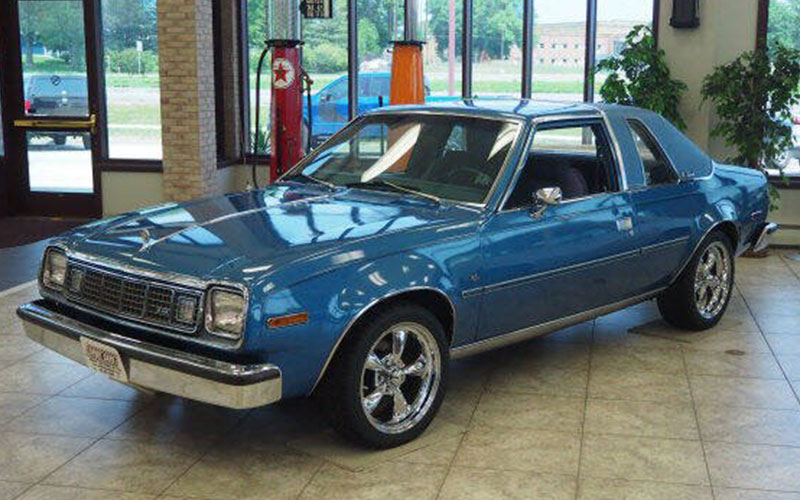
At first glance, the only exterior changes that separated the AMC Eagle from the Concord it was derived from was the obvious ride height change, some Eagle badging, and added plastic fender flares. Otherwise, the body lines, car trim, and the entire interior all were virtually the same. You could even get the Eagle in the same coupe, sedan, or station wagon layouts that the Concord offered.
Using nearly identical parts was the most cost-effective way for AMC to get the Eagle out into production and prove its place in the market. The low-cost solution also helped since the 1979 Oil Crisis had hit creating a dip in sales for AMC’s profitable Jeep off-roaders. At the same time, their simple passenger cars were losing their edge and becoming outdated. In the end, AMC saw an 18% increase from the previous year once Eagle was released in 1980. It was no homerun hit, but that uptick in sales proved that the AMC Eagle had a place in the market.
The AMC Eagle Specs
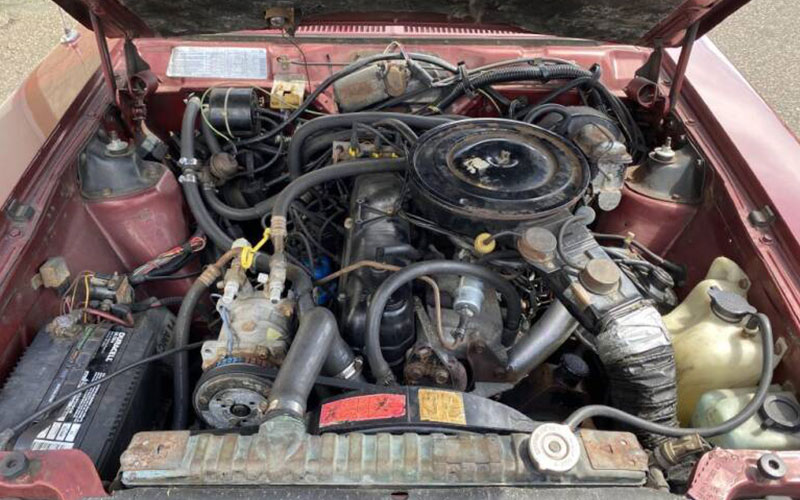
When the original AMC Eagle first came on the scene it could be had with an AMC sourced 4.2-liter straight-6 engine that made 112 horsepower and 210 lb-ft of torque. Paired to that engine was a Chrysler 3-speed automatic transmission that sent power through a set of Dana differentials to all four wheels. With all this under the hood, the AMC Eagle could hit a 0 to 60 mph time of about 14 seconds. Not the greatest acceleration, but this thing wasn’t made for speed.
The Eagle was originally shipped as only 4WD with the Select Drive option showing up the following year. AMC’s 4WD system utilized a transfer case with a viscous fluid coupling that consisted of a set of plates that were surrounded by silicone fluid. This system forced the Eagle front and rear wheels to work together in the instance of slip rather than let one set spin without the other.
The AMC Eagle came standard with power steering, power front disk brakes with drums in the rear, and 15-inch wheels. There was an optional towing package available that enabled the Eagle to tow up to 3,500 lbs with the help of an added transmission oil cooler, tow hitch, wiring harness, an alternate axle ratio, a heavy-duty battery, and air shocks.
Body style options included a 4-door sedan and station wagon, but an available Sports package could only be had on the 2-door sedan and wagon models. This package added some sportier interior elements, fog lights, halogen headlights, and blacked out exterior elements similar to the “Night Edition” trims we see popping up today.
In following years, the AMC Eagle saw only a few changes to it.
1981
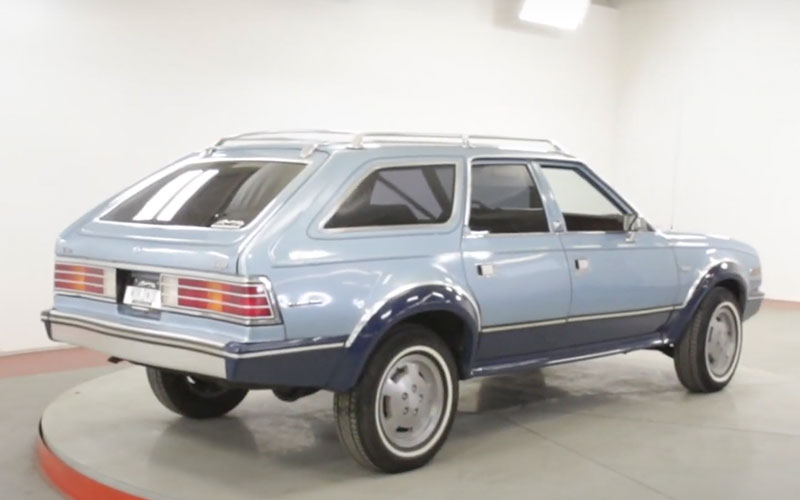
- The GM sourced 2.5-liter I4 engine was added as standard equipment and paired with a manual transmission. It made 82 horsepower and 125 lb-ft of torque.
- AMC’s I6 was still available as an option and received some updates and tuning that made the engine run better and produce better fuel mileage.
- The AMC Eagle Kammback and Eagle SX/4, based on the AMC Spirit body, were introduced as a subcompact variant to the Eagle.
- Select Drive made its debut midway through 1981 allowing owners to flip between RWD and 4WD at the flip of a switch.
1982
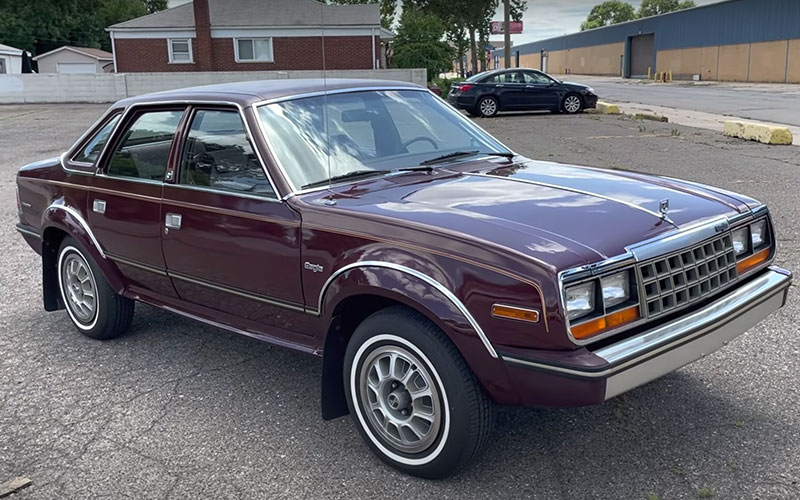
A 5-speed manual transmission was added as an option to the AMC Eagle while the available automatic received wider gear ratios to help with miles per gallon.
1983
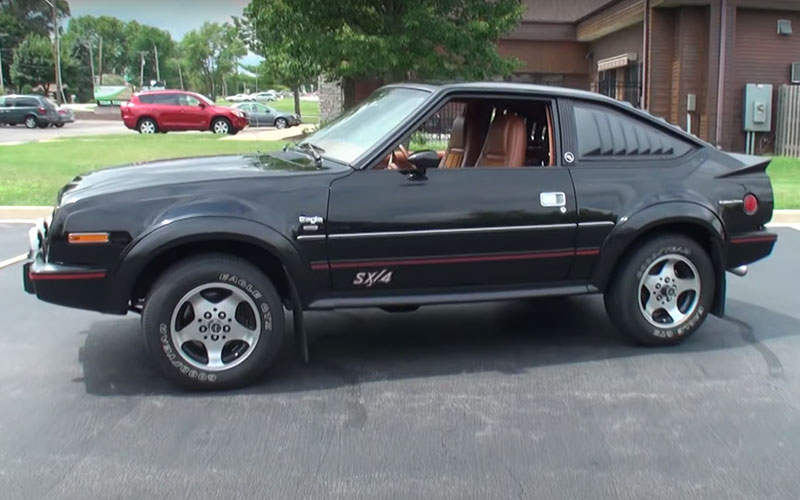
- The Kammback was removed from the AMC Eagle lineup along with the available 2-door sedan option.
- AMC replaced the GM engine with their own 2.5-liter I4 engine that made 84 horsepower and 125 lb-ft of torque.
- AMC further updated the Eagles I6 engine allowing it to use low octane fuel.
1984
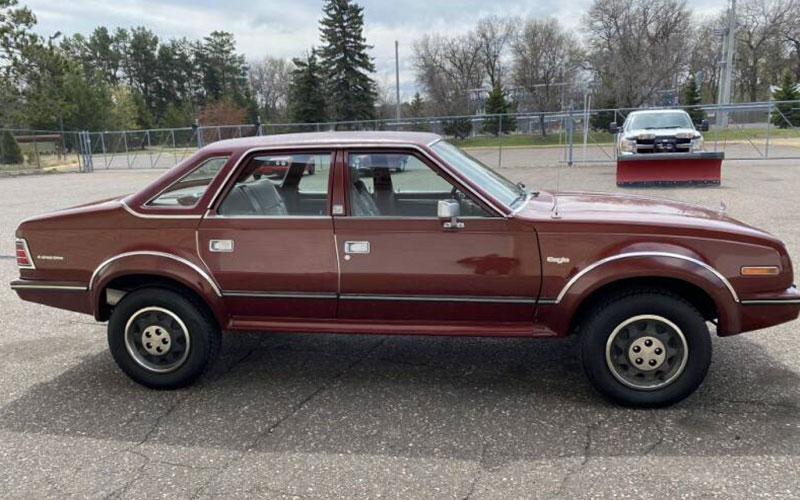
- AMC dropped the SX/4 from the Eagle lineup.
- Select Drive was update to allow users to shift between RWD and 4WD while in motion.
1985
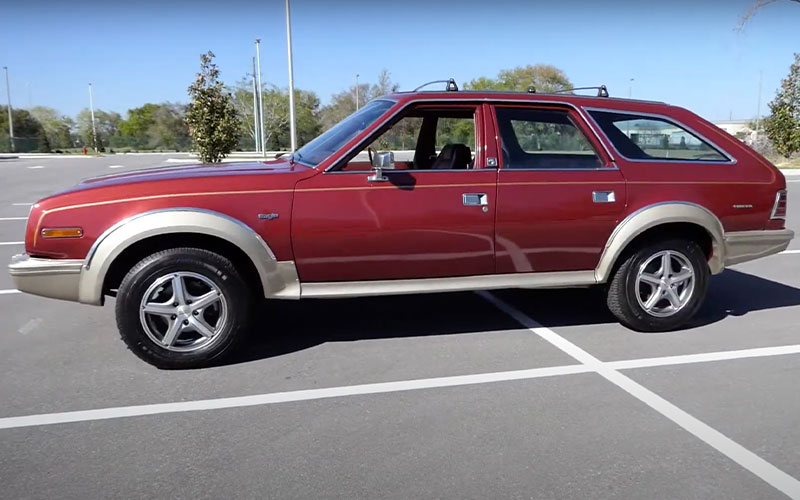
- The 5-speed manual transmission was made standard with the 3-speed manual still available.
- The AMC sourced I6 was now the standard engine option for the AMC Eagle.
1986
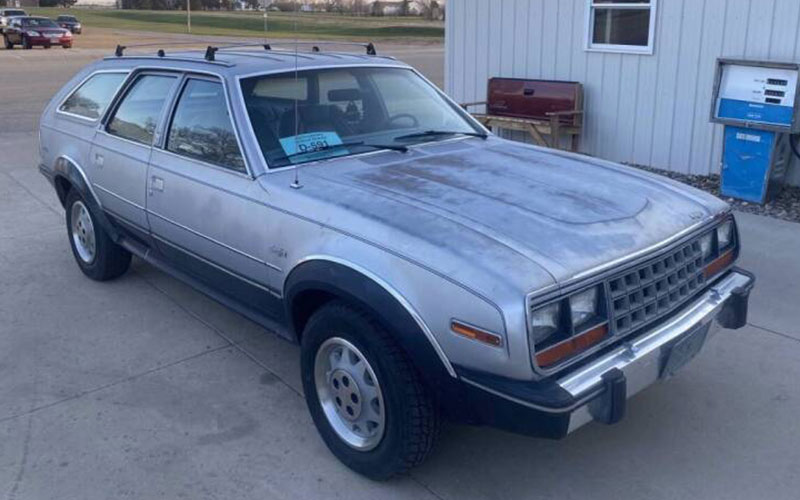
AMC offered an open differential in the AMC Eagle.
Why the AMC Eagle Went Belly Up
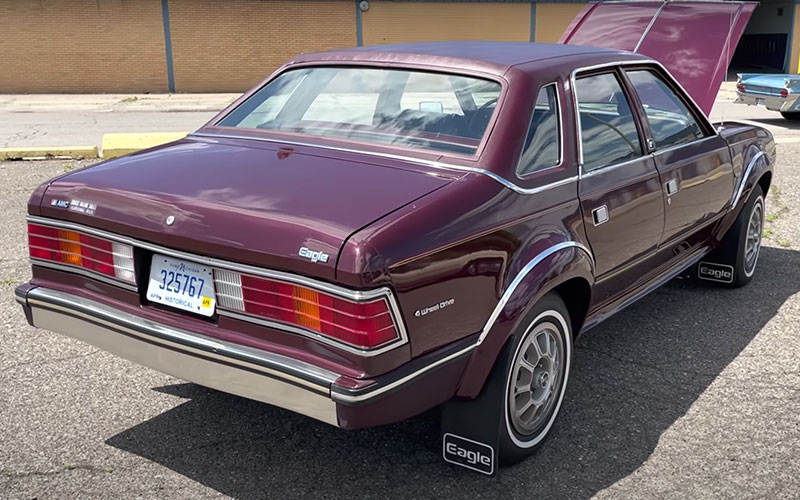
1982 AMC Eagle – Rare Classic Cars on YouTube.com | Shop AMC Eagle on Carsforsale.com
The AMC Eagle showed promise in the beginning, but by 1986, AMC was barely able to sell over 5,000 cars. The fun idea of the AMC Eagle didn’t trend up in popularity like the company had hoped, and instead saw its aging design fall apart to public opinion. If they had imbued the AMC Eagle with more power, more options, or even just an update in design, we may have seen the model continue at least into the 1990s.
The problem, however, was that AMC as a company wasn’t staying profitable and couldn’t afford to do anything with the Eagle but make what they had. In 1987, Chrysler bought the slowly dying AMC. The AMC Eagle continued to be sold into 1988 as the Eagle Wagon and was only sold in station wagon form. This was a move by Chrysler just to get rid of the backlog of available inventory before killing it off entirely.
The Eagle’s story ends much like the Rambler and Javelin before it, not with a bang but a whimper. It was a unique idea that actually would eventually pan out for future vehicles. You can’t go outside today without seeing some form of crossover out on the road. While the AMC Eagle may be gone forever, it can hold its place in the history books as the original crossover.


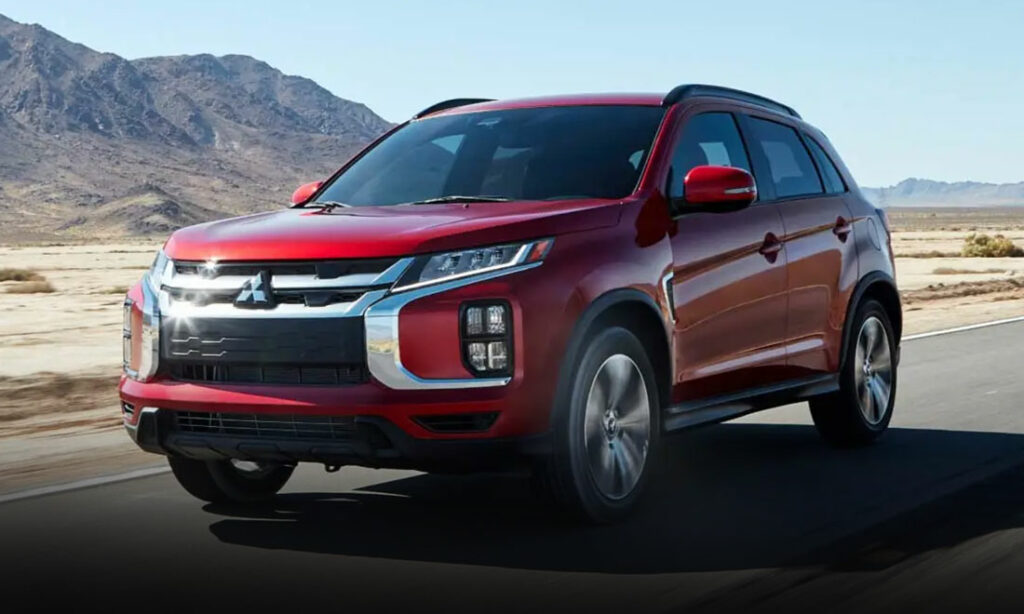
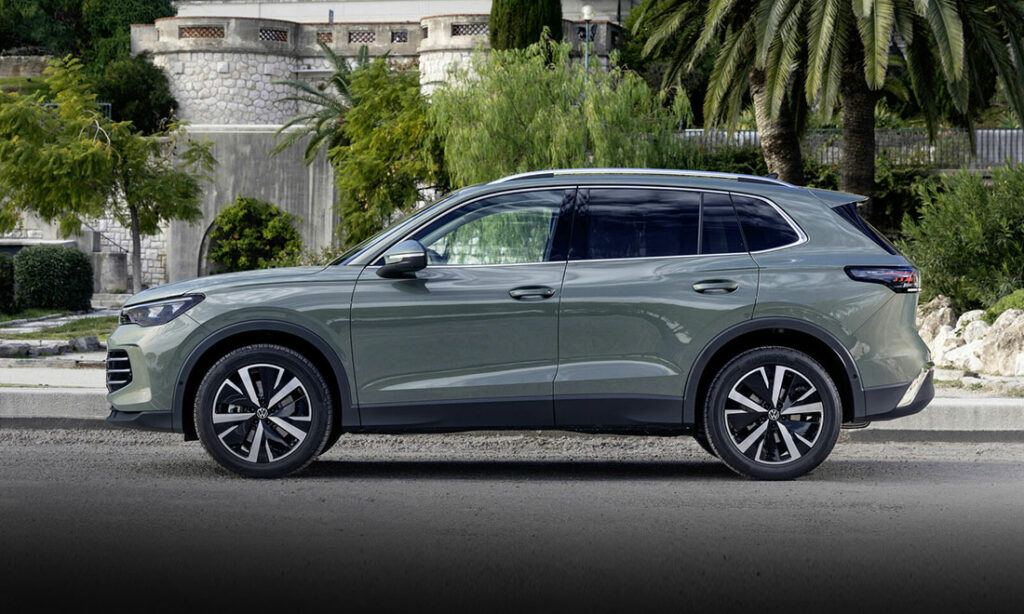
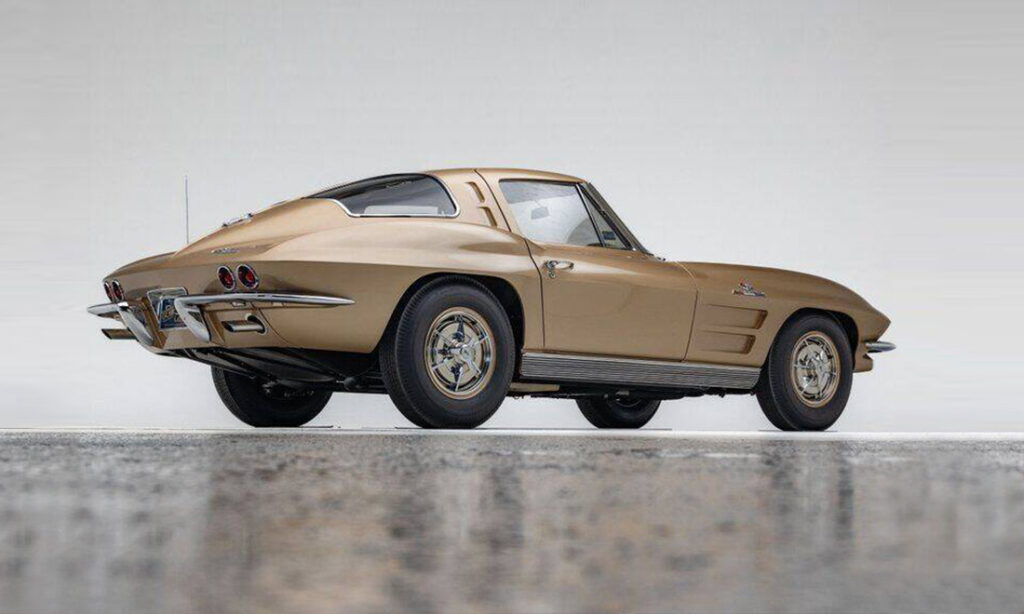



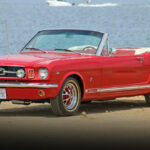






I had a 1986 4 door Eagle; awesome in the snow, unstoppable, the inline 6 was a beast, ran forever. I’d buy one today but my wife said no way.